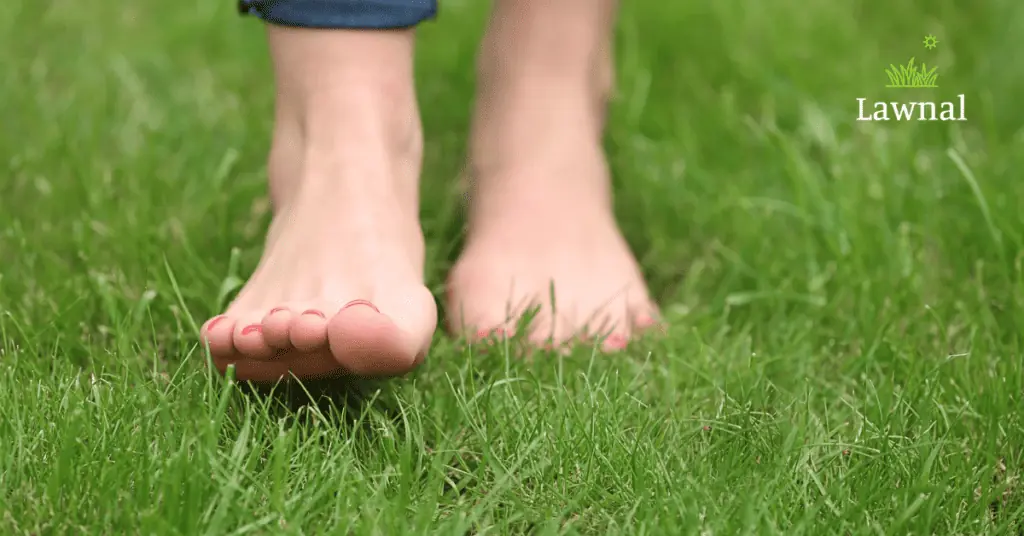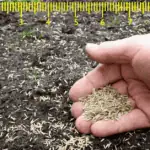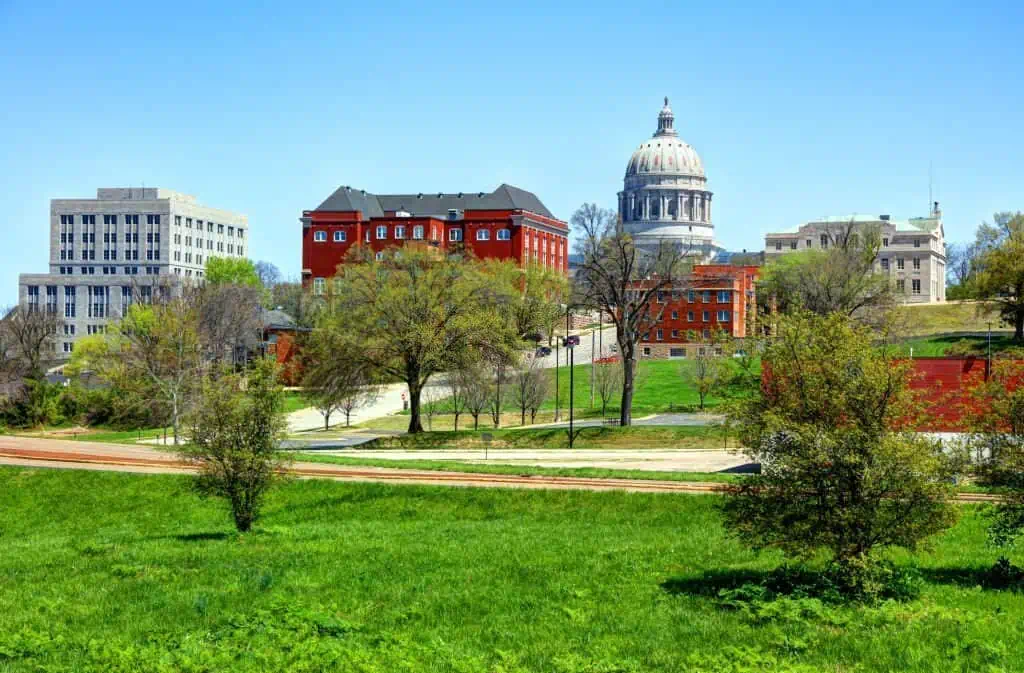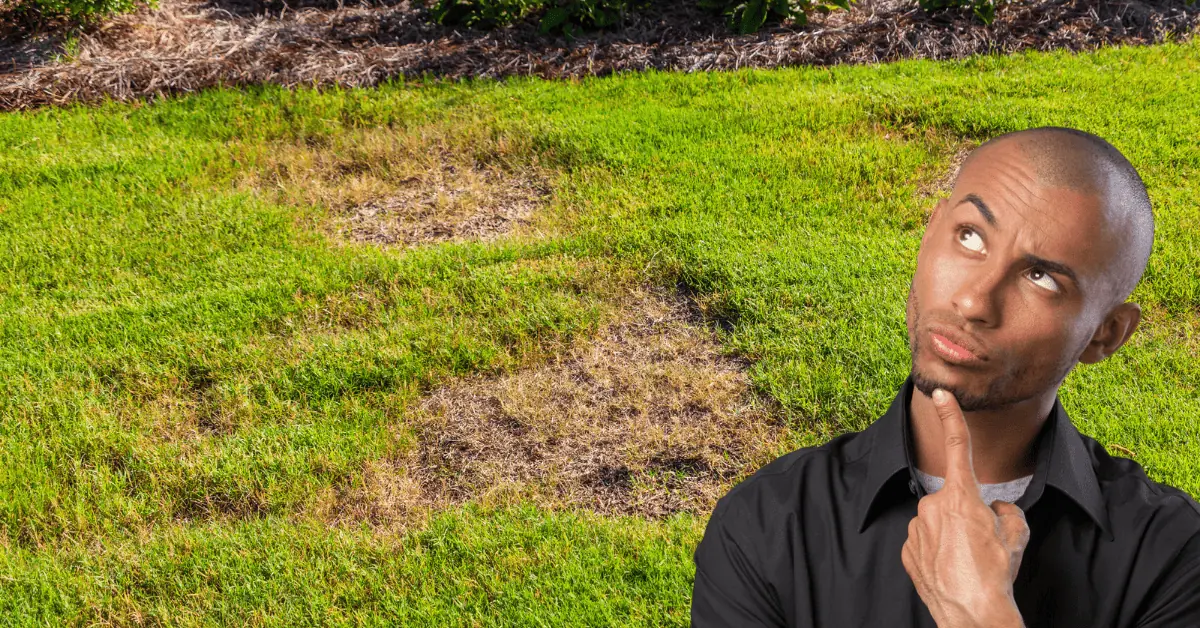Best Grass for Bare Feet: Enjoying a Wholesome Experience
Walking barefoot on a luscious green lawn can be therapeutic, cool, revitalizing, refreshing, and a simple pleasure of life. Although, not all grass is suitable for bare feet.
Some certain grass types have sharp blades or rough surfaces that can irritate or even hurt your foot; therefore, it’s crucial to select the grass that’s safe to walk on without shoes, soft, lush, and green. Some grass types are renowned for their plush textures and cozy underfoot sensations.
Still, others are renowned for their plush texture and inviting feel, some of which include Zoysia, Bermuda, and St. Augustine. These grasses have a thick, dense mat that cushions your feet and gives you a smooth, comfortable surface.
In this article, you will learn about the characteristics of the best grass for bare feet and some of the best options for a comfortable, secure, and enjoyable barefoot experience.
Best Grasses Suitable for Bare Feet
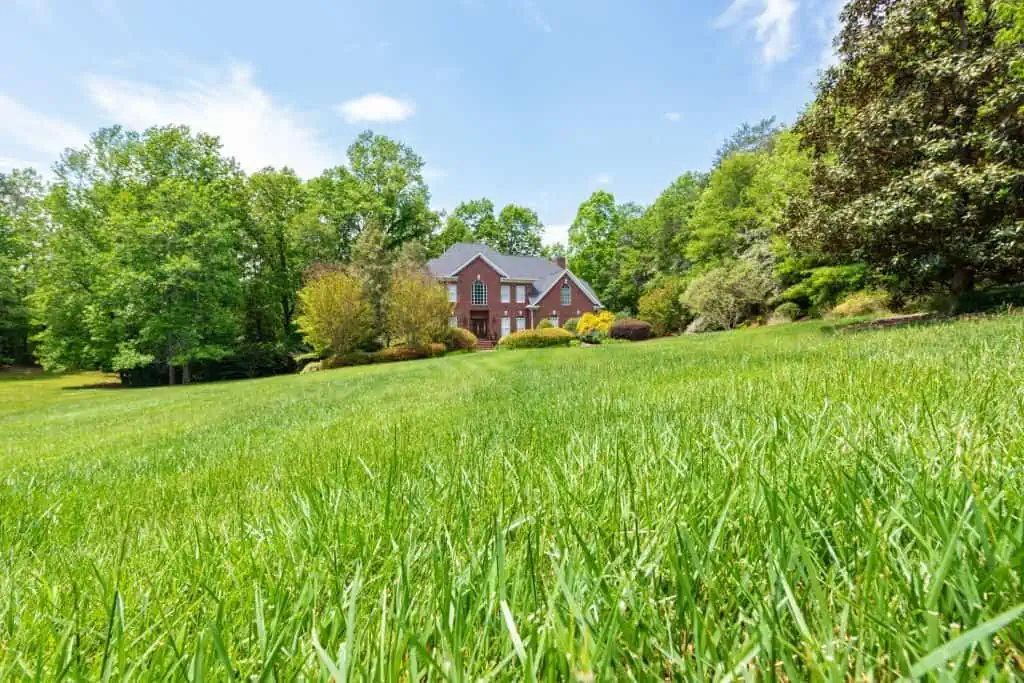
Fine Fescue Grass
Fine fescue grass is a common cool-season grass. It’s an excellent feeling of grass with soft and thin blades. In regions with shade, fine fescue grows nicely and needs little upkeep.
It is also drought-resistant and tolerant of light foot traffic, making it an excellent option for households with children and dogs.
Bermuda Grass
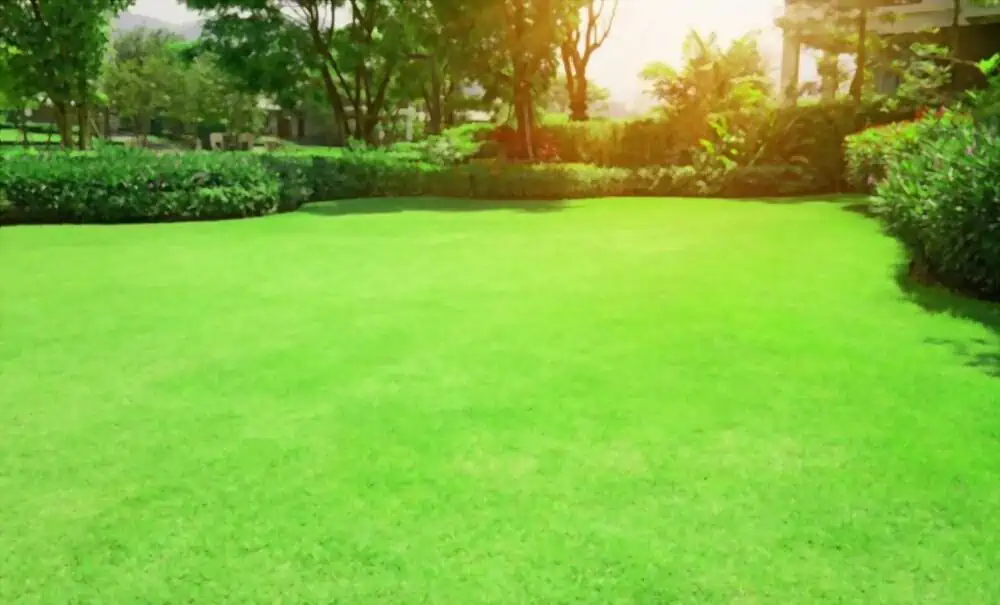
Bermuda grass is a warm-season grass known for resilience and heat tolerance. It feels fantastic underfoot and is a common choice for athletic fields and busy areas.
Bermuda grass complements any landscape because of its fine texture and deep green hue. The effects are worth the regular maintenance, which includes periodic mowing and watering.
Zoysia Grass

Warm-season grass zoysia is renowned for its resilience and thick, lush growth. It is a grass that grows slowly and creates a mat that resembles a dense carpet, making it ideal for places with moderate foot activity.
In addition to being heat- and cold-tolerant and drought-resistant, zoysia grass is preferred in the southern United States. It feels lovely underfoot and has a medium texture with a dark green hue.
St Augustine Grass
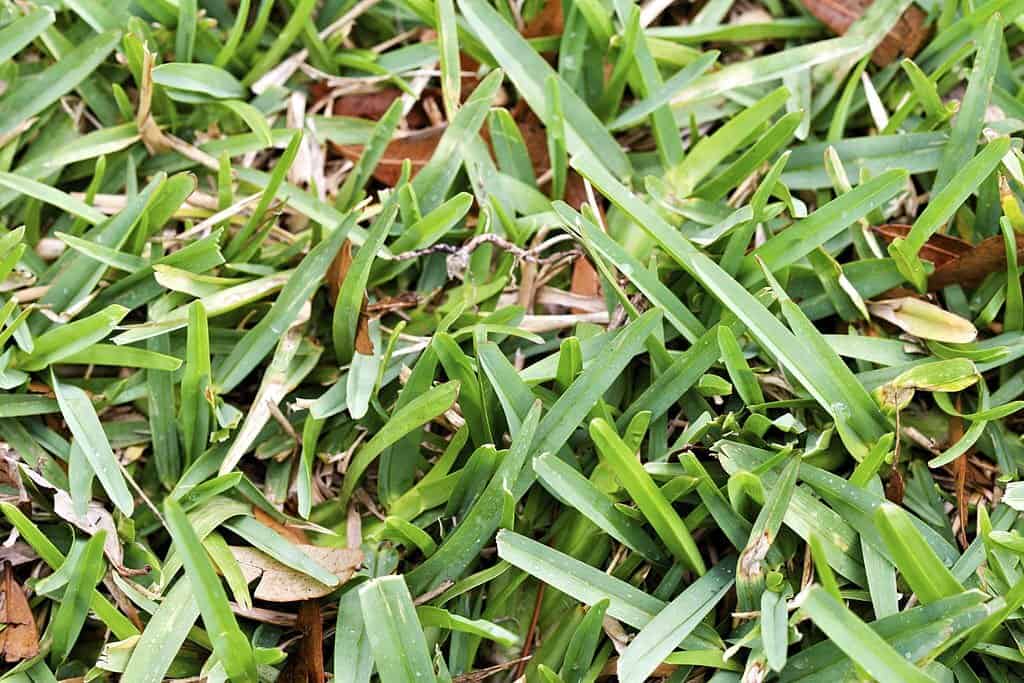
St. Augustine grass is a Warm-Season grass notable for its thick, coarse blades and capacity to thrive in various soil types.
St. Augustine grass thrives in shaded locations and can withstand light foot traffic. It is brilliant green in color and has a medium to coarse texture that is comfortable to walk on.
Buffalo Grass
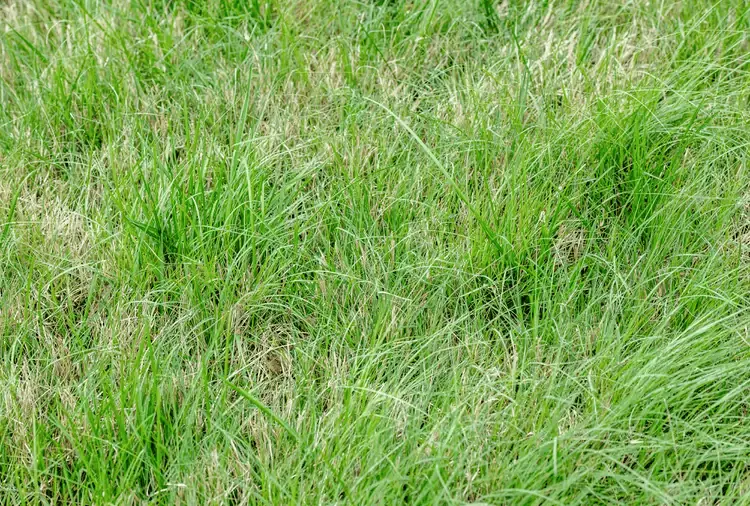
Buffalo grass is a warm-season grass that’s native to North America. It is cozy for bare feet due to its fine texture and soft, velvety feel. Buffalo grass is an excellent option for individuals trying to conserve water because it is drought-resistant and uses less water than other grasses.
Factors to Consider Before Choosing the Best Grass for Feet
- Softness: The grass should be soft and not thorny or harsh for barefoot walking to be comfortable.
- Density: It should have a dense growth pattern with close-spaced blades to give the grass a cushiony feel underfoot.
- Resilience: The grass needs to bounce back fast from foot traffic to prevent damage or wear and tear.
- Shade Tolerance: The grass should be able to grow in light shade, which will keep it more relaxed and lessen the chance of foot sunburn.
- Drought Tolerance: The grass should be able to endure dry spells without turning brown or withering.
- Minimal Maintenance: The grass should be simple to look after and not require a lot of watering, fertilizer, or mowing.
Benefits of Walking Barefoot on Grass
Improved Sleep
Your body’s circadian cycle is stabilized by a good walk on the grass, resulting in improved nighttime sleep. Hormone regulation in the body is another benefit of earthing.
Enhances Eyesight
A natural method of enhancing eyesight is to walk barefoot on grass. The visual nerve system is connected to specific places under the feet. According to reflexology, pressing particular sites helps invigorate the eyes. Your eye muscles will also relax when you look green.
Soothes
For painful feet, barefoot walking on grass might be beneficial. The cushiony, velvety feel of grass might assist in reducing swelling and soreness in the feet.
Reduce Stress
Another stress-relieving practice is to walk barefoot on grass. Fresh air and a natural setting can assist in alleviating stress and soothe the mind.
Enhanced Balance and Coordination
Balancing and coordination can be enhanced by walking barefoot on a rocky or uneven surface, like grass. The muscles in the feet and legs must work harder, which can improve general balance to maintain stability.
Tips for Keeping Grass Soft for Bare Feet
1. Mow Regularly
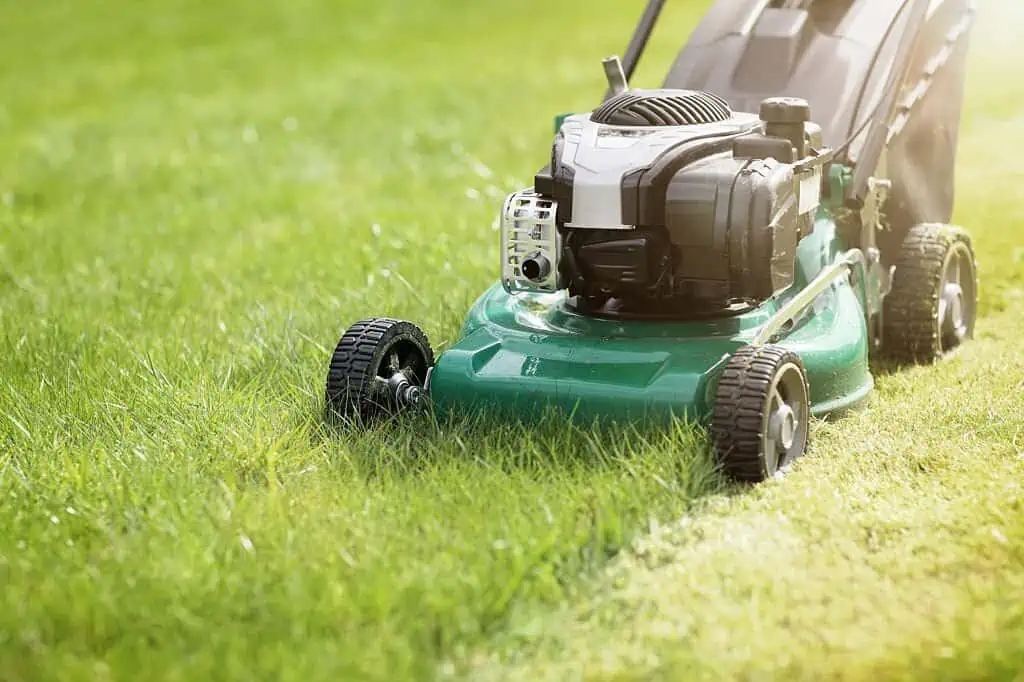
Regular mowing is one of the most crucial things you can do to maintain healthy, supple grass. Keeping the proper height for your grass to remain healthy is essential.
Generally, you should mow your lawn when the grass is around 3 inches tall. Keep your mower blades sharp to prevent tearing the grass, which can make it harsh and scratchy.
2. Deeply Water Your Lawn
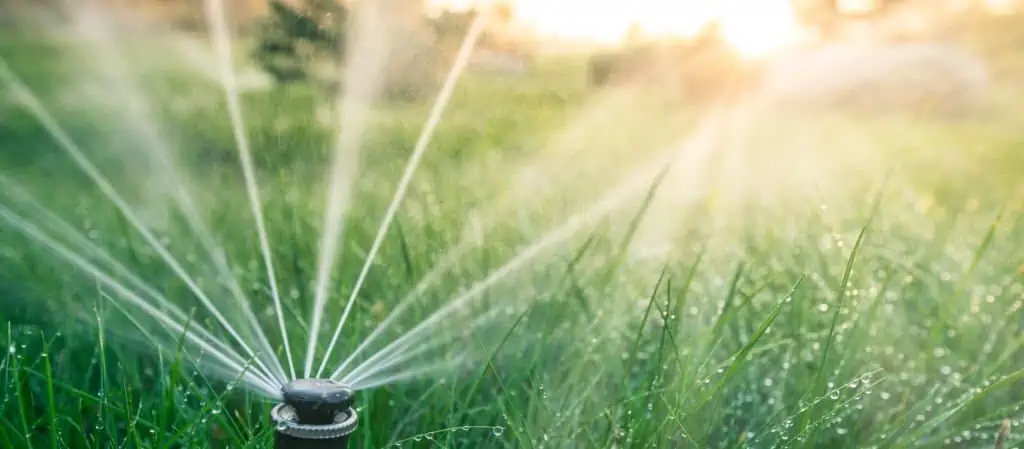
Ensure to water it for the health of your grass deeply. Short-term irrigation can promote shallow root development, increasing the grass’ susceptibility to disease and dryness. Instead, deeply water your lawn once each week, allowing the water to permeate around 6 inches into the soil.
3. Eliminate Weeds and Debris
Your lawn can lose vital nutrients and look untidy if weeds and other waste are present. Ensure to pick up any debris, such as leaves and twigs, and eliminate weeds by hand or herbicide.
4. Provide Shade
Too much direct sunlight can cause the grass to grow stressed and hard. Consider putting a shade sail or growing trees to provide shade if certain portions of your lawn receive a lot of sun.
Is it Dangerous to Go Barefoot on the Grass?
Walking barefoot for the first time can be exhausting for someone who has lived their entire life in shoes. Your feet are accustomed to being enclosed in the perspiration-filled confines of shoes and socks, particularly when going outside.
It should come as no surprise that it takes some time for your feet to develop a threshold for walking on rough ground without any padding for protection.
Further, you risk getting your feet cut up by thorns and flint when you go barefoot on grassy surfaces. The process can be too painful for your feeble feet to handle, and you will be limited to a 5-minute tread at most when you try this.
Conclusion
Choosing the best grass for bare feet is crucial for homeowners who want to make their outside space cozy and secure. The best grass for bare feet should be resilient, soft, and lush, with little chance of triggering allergies or irritability.
Some of the most preferred choices for barefoot-friendly lawns are Bermuda grass, St. Augustine grass, and Zoysia grass due to their dense growth and soft texture. The ideal grass for bare feet ultimately relies on your lawn’s specific climate, soil composition, and maintenance requirements.
Now that you know this, proper maintenance will guarantee a safe and pleasurable outdoor area for barefoot activities, regardless of the type of grass you select.
